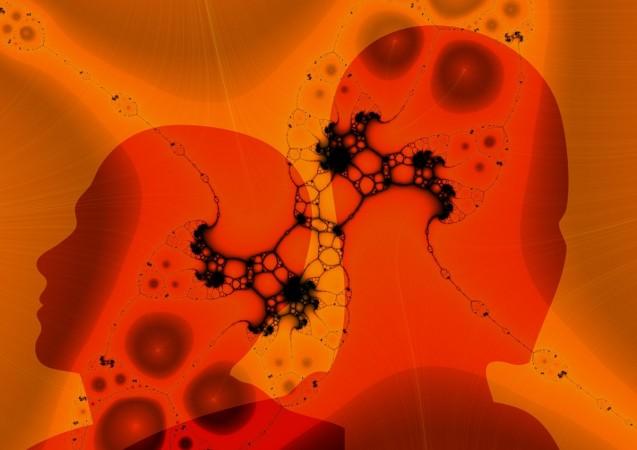
It was believed for long that humans can learn a language using specifically dedicated components in the brain. A new study, however, suggested that the language-learning ability is in fact attributed to ancient "general-purpose" brain circuits that even pre-existed humans.
Researchers have claimed to have found strong evidence showing that the ability to learn a language doesn't solely depend on mechanisms found only in humans. According to them, these brain circuits can also be found in other animals as well.
As part of the study, published in the journal Proceedings of the National Academy of Sciences on Monday, the researchers combined results from multiple studies involving 665 participants. They found that children learn their native language and adults learn foreign languages in evolutionarily ancient brain circuits that are also used for different tasks like remembering a shopping list and learning to drive.
"Our conclusion that language is learned in such ancient general-purpose systems contrasts with the long-standing theory that language depends on innately-specified language modules found only in humans," Michael T Ullman, professor of neuroscience at Georgetown University School of Medicine and study's senior investigator, said in a statement.
According to the researchers, the ability to remember the words of a language correlates with the ability to learn using declarative memory that we use to memorise shopping lists or to remember the bus driver's face.
Grammatical abilities of children, on the other hand, are linked to procedural memory that we use to learn driving, riding a bicycle, or playing a musical instrument.
When it comes to adults, their ability to learn a foreign language grammar is linked to declarative memory at earlier stages of language learning, before moving to procedural memory at later stages.
The researchers found that these correlations were consistent across several languages, including English, French, Finnish and Japanese, and tasks such as reading, listening and speaking.
"These brain systems are also found in animals — for example, rats use them when they learn to navigate a maze," Phillip Hamrick of Kent State University, the study's co-author, said in the statement. "Whatever changes these systems might have undergone to support language, the fact that they play an important role in this critical human ability is quite remarkable."
In addition to understanding the biology and evolution of language and how it is learned, the study is also expected to help improve language learning in people with disorders like autism, dyslexia, or aphasia.

















